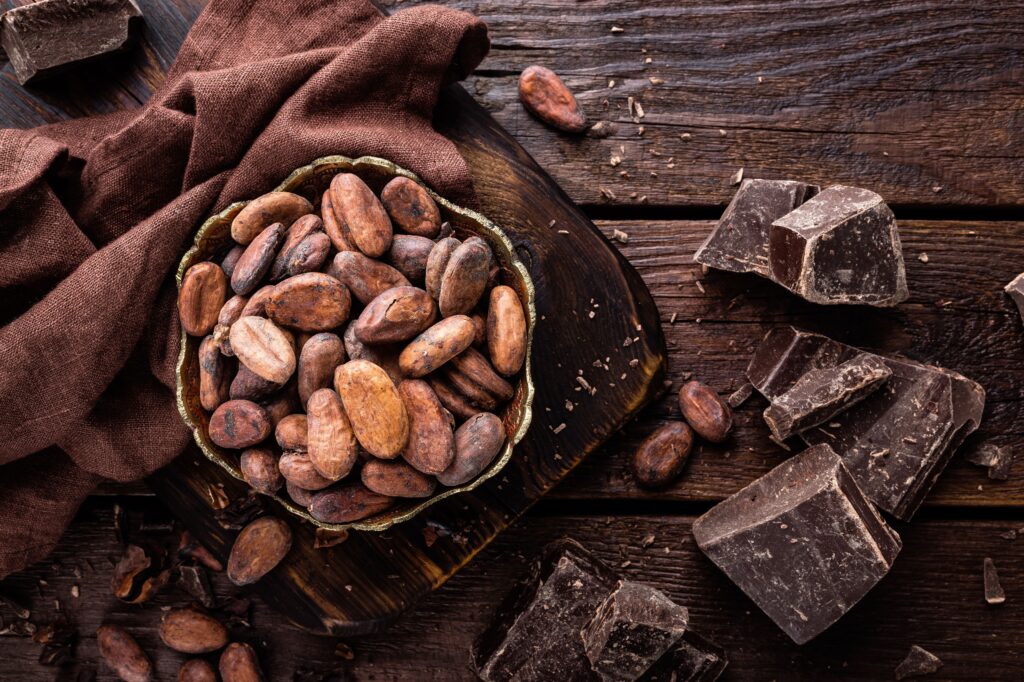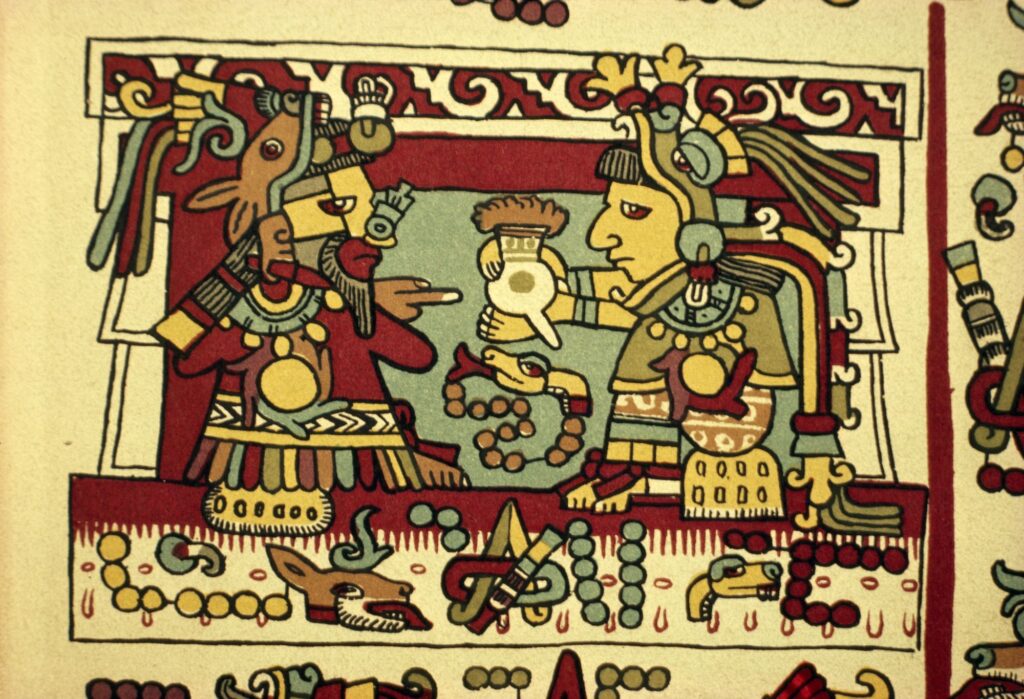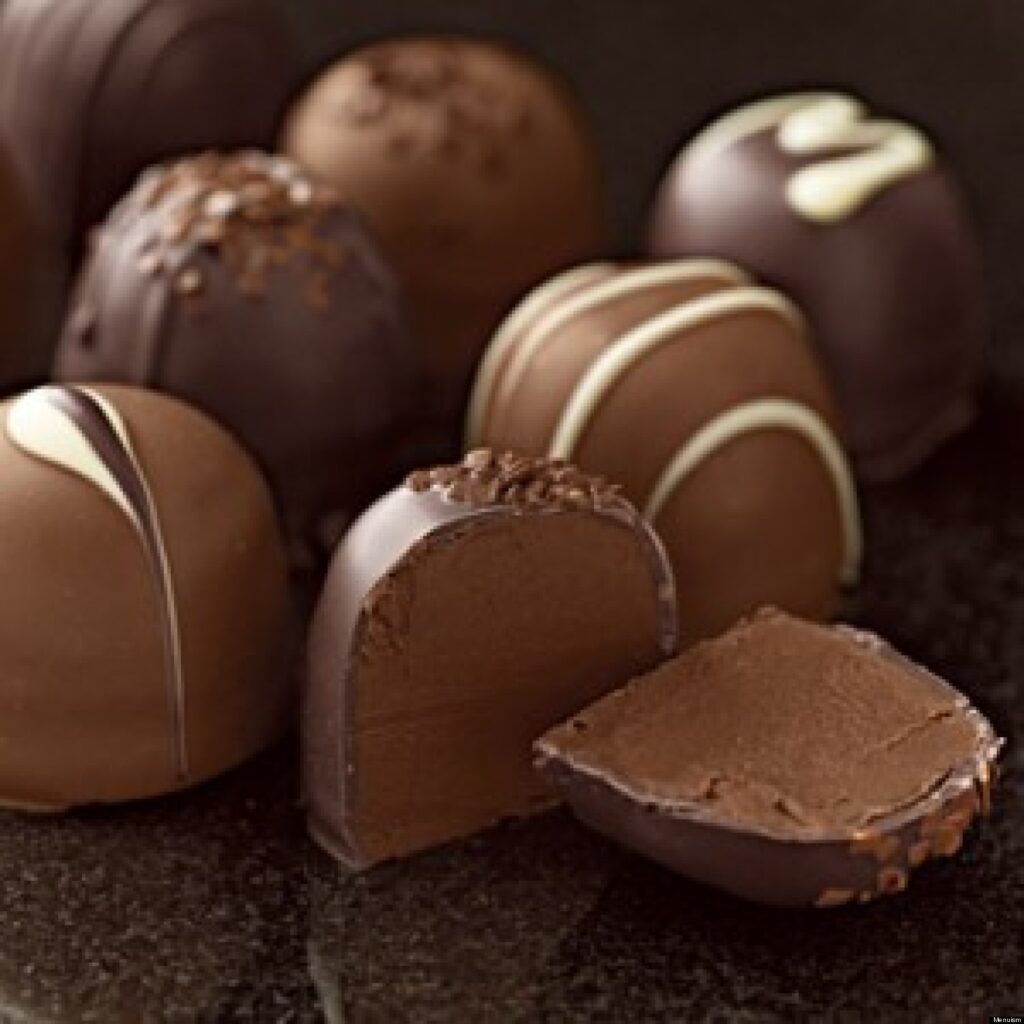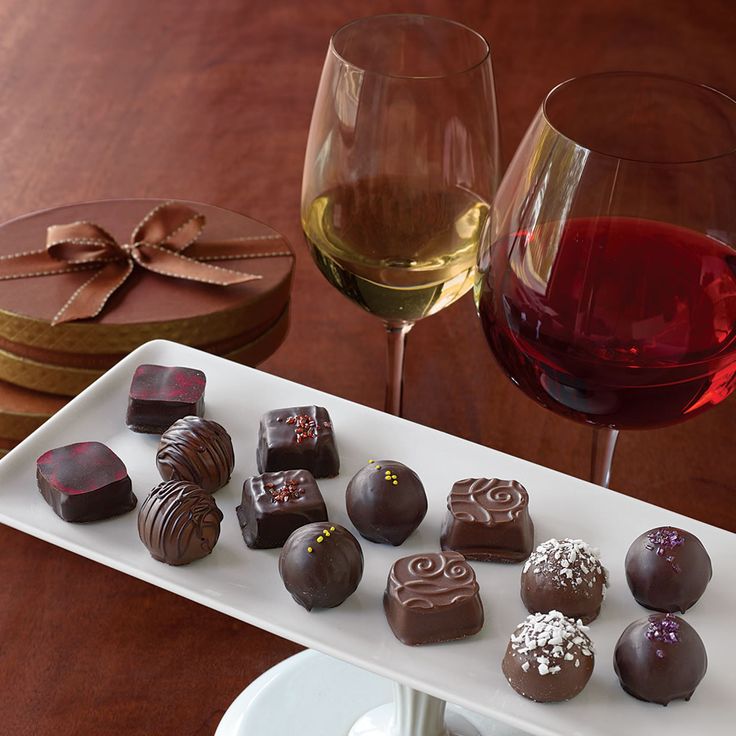Scroll to the end of this article to find Western Cape Chocolate Emporia.
The History of Chocolate
Chocolate in the Western Cape has some delicious possibilities and outlets. For some, chocolate is a consuming passion. For others, it is a fine art. If you love chocolate, the Western Cape offers plenty of tasting opportunities.

Bean to Chocolate
The cacao tree produces pods, each containing about 40 beans. These beans undergo a process of fermentation, drying, cleaning, and roasting. Once the shells are removed, the nibs are ground into cocoa mass. This is heated to form a liquid called chocolate liquor, which is later processed into cocoa solids and cocoa butter.
Ancient Origins of Chocolate xocolatl,
The cacao tree has been harvested for at least 5,300 years. Evidence has been found in present-day Ecuador with the Mayo-Chinchipe culture. Mesoamerican civilizations, including the Olmecs, are believed to have used cacao in ceremonial drinks, though little is known due to their lack of written history.
The Maya of Central America consumed chocolate as a thick, frothy drink, often mixed with chilli peppers, honey, and water. They used chocolate in celebrations. The Aztecs believed cacao was a gift from the gods and called it xocolatl, from which the word “chocolate” originates.
The Evolution of Chocolate
For most of history, chocolate was consumed as a bitter beverage rather than a sweet treat. Today, chocolate is mostly a confectionery product. Milk chocolate combines cocoa solids with sugar, vegetable oils, and milk powder, while white chocolate is made from cocoa butter, sugar, and milk but lacks cocoa solids.
Although cacao originated in the Americas, it grows in regions like Ghana and the Ivory Coast. However, the cocoa industry has been linked to child labour and exploitation, leading to calls for fair-trade chocolate that is more ethical and sustainable.

Chocolate arrives in Europe
Chocolate reached Europe in the 16th century after the voyages of discovery to the New World. It quickly became a luxury, Demand initiated the creation of chocolate plantations worked by slaves.
European chocolatiers began adding sugar, cinnamon, and other spices to create new flavours and by the 17th century, fashionable chocolate houses emerged in cities like London and Amsterdam. Initially, chocolate was only accessible to the wealthy, however changed in 1828 when Dutch chemist Coenraad van Houten invented a cocoa press that made production faster and easier.
In 1847, British chocolatier J.S. Fry and Sons created the first chocolate bar. In 1876, Swiss chocolatier Daniel Peter added dried milk powder to chocolate, inventing milk chocolate. Three years later, Rudolf Lindt developed a machine which gave chocolate a smooth, melt-in-your-mouth texture.
A Bit of what you fancy, does you good!
While excessive sugar is unhealthy, dark chocolate has earned its place as an antioxidant-rich, heart-healthy treat. Today, chocolate is available in countless varieties, from mass-produced bars to handcrafted delicacies made with the purest ingredients.
Finding chocolate in the Western Cape.
You can find many chocolatiers creating chocolate in the Western Cape—Von Geusau Chocolates in Greyton where the fine artisanal products begin with the best couverture from Belgium. Huguenot fine chocolates in Franschhoek are carefully hand-crafted chocolates. At the Spice Route in Paarl is the recently opened Chocolate Room by Beyers which is a proudly South African brand, Chocolat Etc in Swellendam is an interesting gift shop selling exclusive chocolate treats
La Chocolaterie Rococo in Great Brak River where the craft is inspired by the decadent 18th-century French period. In Hermanus, you can find Cuckoo chocolate emotions where artisan chocolates are created in small batches. Cocoafair is in Montague Gardens in the Northern Suburbs of Cape Town where you can experience the concept of chocolate started as an idea, to make chocolate locally from bean to bar.
Also in the Northern Suburbs find The House of Chocolates in Parow who customise personal chocolates for any event. Honest Chocolate in Cape Town City is a small artisanal chocolate company that believes in keeping things handcrafted using quality organically produced ingredients. Join a workshop at Rapt in the city and craft your own chocolates

Wine and Chocolate in the Western Cape
From velvety Merlots to full-bodied Cabernets wine with chocolate notes pairs well. red wines can enhance the taste of chocolate delicacies, Visit Groot Constantia, enjoy the historical estate, and try their Wine and chocolate pairing. Other wine estates also cater to this special taste experience. Spier also caters for a chocolate and wine experience.

